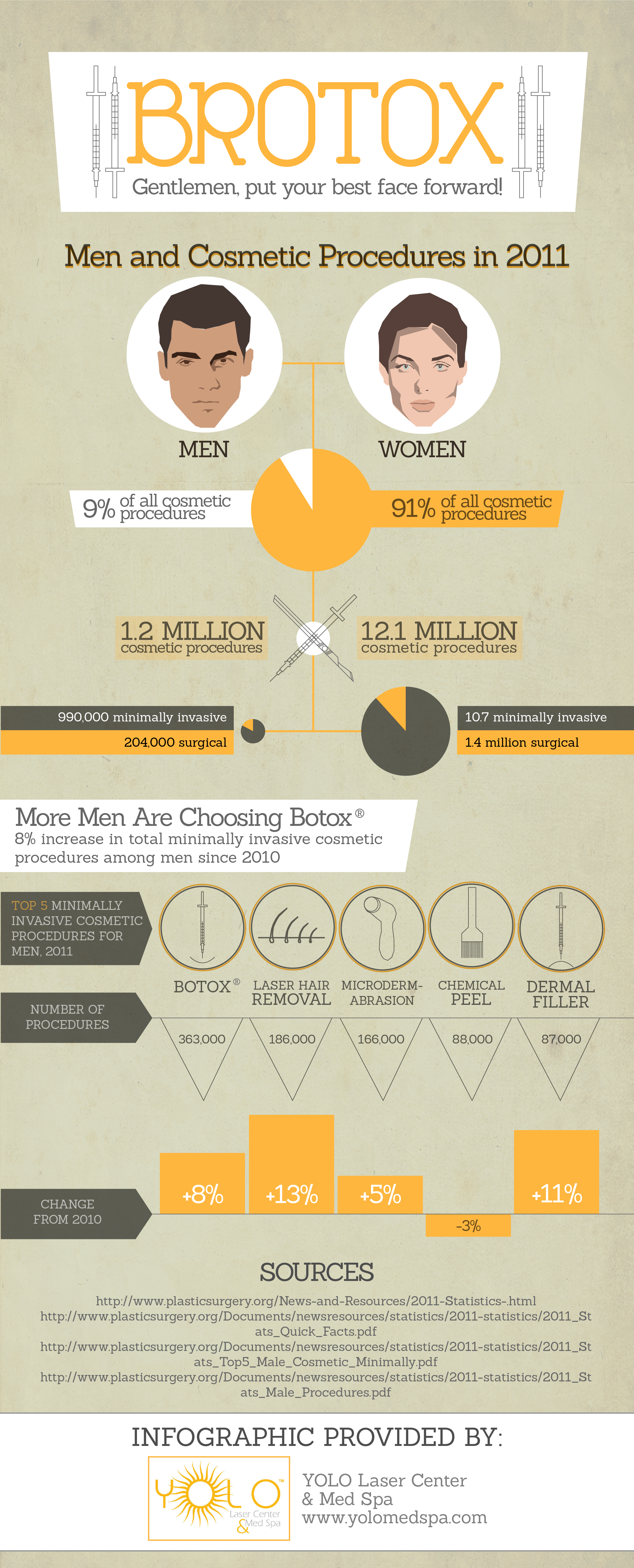The Role Of Dermatologists In Acne Care
The Role Of Dermatologists In Acne Care
Blog Article
Acne Treatment - What Are AHAs in Acne Therapy?
AHAs are a crucial active ingredient for unclogging pore blockages and brightening acne-prone skin. They work by breaking down dead skin cell accumulation to advertise newer, fresher cells, and avoiding future clogs.
Creating topical AHAs necessitates precise interest to numerous vital factors that considerably affect their effectiveness and tolerability. Keeping the optimum pH range, along with car choice and focus, intensifies their exfoliative attributes while reducing prospective unfavorable responses.
Glycolic acid
Glycolic acid is understood for its mild yet effective exfoliating buildings, which promote skin's natural shedding and loosen the "glue" that holds dead cells on the surface of the skin. This assists unclog pores and lessen the look of great lines and creases, along with boost total skin appearance and tone.
Interestingly, topical glycolic acid has also been shown to stimulate the production of collagen, which is vital in preserving skin's suppleness and flexibility. It is very important to keep in mind, nonetheless, that due to the fact that glycolic acid can boost the skin's level of sensitivity to sunshine, it is vital to put on sun block when making use of any kind of items having this active ingredient.
Skin doctors pay mindful focus to the solution of items consisting of AHAs in order to enhance their effectiveness and tolerability. Developing AHAs with the suitable car, together with pH and concentration considerations, allows for optimal skin infiltration while decreasing possible damaging responses. This is especially important for individuals with sensitive skin, because AHAs are known to be mildly irritating.
Lactic acid
Lactic acid is found in several non-prescription skin treatment items and some stronger professional peels and treatments. It has the most affordable molecular weight of all the AHAs and has the ability to permeate deeper into the skin, where it is extra reliable at unclogging pores and scrubing.
Like glycolic acid, it likewise stimulates collagen synthesis, which helps lessen great lines and creases and enhance skin texture. In addition, it has moisture-retention buildings, that makes it better for drier skin types than other AHAs.
The considerable body of professional information validating the efficacy of topical AHAs sustains their energy in a vast array of dermatological afflictions and aesthetic problems. These include intricate skin restoration treatments, attenuation of fine lines and creases, lightening of hyperpigmentation, restorative intervention for actinic keratosis, and acne monitoring [2] Enhancing the formula of AHAs by balancing pH, focus, and car selection better improves their therapeutic possibility. These cautious considerations make it possible for skin doctors to provide safe and reliable treatments that provide premium scientific results.
Mandelic acid
Mandelic acid, stemmed from almonds, is one more member of the AHA family members and is a prominent ingredient in items that assist treat acne. Its bigger molecular size means it passes through the skin a lot more slowly and delicately, which can decrease the potential for inflammation. It's also much less likely to trigger inflammation and other skin level of sensitivity problems, making it suitable for delicate skin types.
Mandelic Acid is thought to help in reducing inflammation and increase hydration. It works by loosening up the bonds between dead skin cells, permitting them to drop and disclose fresher-looking skin rejuvenation treatments skin. It likewise helps in reducing the look of enlarged pores.
Creating topical products with AHAs needs a precise equilibrium of essential variables that considerably impact their effectiveness and tolerability. In particular, the pH of an AHA formula has actually been shown to play an essential function in its capacity to promote peeling and improve complexion and texture. Attaining this optimal focus is a challenging objective and requires careful focus to the different variables that affect the solution process.
Citric acid
Citric acid, located in citrus fruits such as oranges and lemons, is a mild AHA. It's much less irritating than glycolic or lactic acid, making it preferable for sensitive skin. It likewise has astringent properties, aiding to dry out excess oil.
Like other AHAs, citric acid can be made use of in chemical peels and daily active/maintenance therapies to scrub the skin and promote cell turn over. It can help reduce the appearance of dark places and hyperpigmentation, as well as great facial lines.
It can likewise raise the synthesis of glycosaminoglycans, which play an essential duty in strengthening the skin barrier feature. This helps to prevent trans-epidermal water loss, and keep optimal hydration levels in the skin [35]
AHAs can be combined with relaxing active ingredients such as ceramides or hyaluronic acid to improve their tolerability. They can be integrated right into daily active/maintenance skincare with lotion or serum solutions. This permits specialists to customize their AHA therapies based on individual demands and preferences, with the versatility of picking from different treatment strengths or focus.